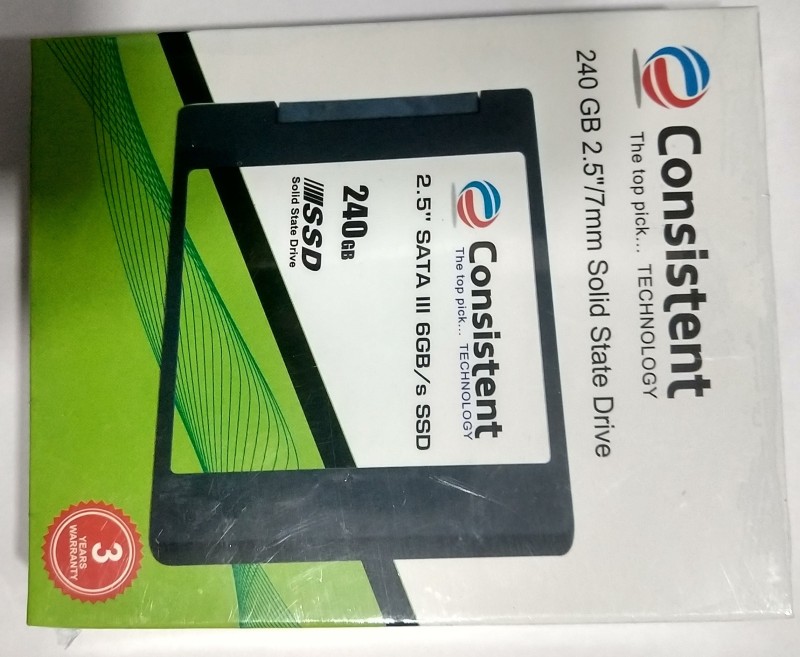

SSD health tools can monitor the amount of wear that the NAND cells are experiencing and the amount of error correction that needs to be applied. This is called “wear leveling,” and is carried out to prevent some cells being used so frequently that they wear out and become unusable early in the life of the SSD. Many tools allow users to optimize or tune their SSD for different requirements, so that, for example, they can increase performance while losing some storage capacity, or maximizing storage capacity at the cost of performance and reliability.ĭuring garbage collection, data can be transferred to new areas of the SSD to ensure that the individual NAND cells are all used as evenly as possible. This can have a marked effect on the drive’s performance. SSD tools enable users to vary when the SSD controller carries out garbage collection and other parameters. Be aware that different vendors may have slightly different terminology for these tools. Before you buy, read the software’s description carefully to see if the features you need are included.
#Online ssd health check software#
DisableDeleteNotify) is enabled or not.Not every piece of SSD health check software has all of the following features included. Run the fsutil behavior command below to query the system if TRIM (aka.

TRIM is enabled by default for an SSD, but if you’re skeptical and want to confirm that TRIM is enabled, run the command below. TRIM informs the operating system about which data blocks are no longer serve a purpose in a disk and can be safely erased.ĭata recovery from a TRIM-enabled SSD is not possible due to the data being deleted permanently and overwritten. Is there a way that you could minimize the damage and maximize the performance of your SSD? Sure there is! To keep an SSD at its prime performance, TRIM was designed. As you perform read-write operations on your SSD, it will slowly wear out the flash memory cells.
#Online ssd health check how to#
Now that you know how to check your SSD’s health, it is vital to understand how to maintain the high performance of your SSD. Related: Send-MailMessage: The PowerShell Way to Send Email Erasing Unused Data Blocks with TRIM Related: How to Set Up and Manage Scheduled Tasks with PowerShell That scheduled task can even email you the results, which would be more beneficial for a real-life scenario. PowerShell offers extensive functionality, such as setting up a scheduled task to check your SSD’s health. Looping through all physical disks to check health via PowerShell Now open PowerShell as administrator, and run the Get-PhysicalDisk cmdlet on its own to return basic information about your SSD. The Get-StorageReliabilit圜ounter cmdlet allows you to check the counters of the disk/ drive being queried.Storage management providers are storage management applications that provide integrated storage management services. The Get-PhysicalDisk cmdlet retrieves all physical disks visible to any storage management provider.Let’s cover how to jointly use two primary cmdlets (the Get-PhysicalDisk and Get-StorageReliabilit圜ounter) to get a better view of your SSD’s health status. PowerShell lets you check your SSD for read-write errors, wear leveling, percent, temperature, and several other important details. If you spend most of your time running commands in PowerShell, then performing an SSD health check via PowerShell is what suits you best. This limitation is one of the primary reasons to turn to PowerShell when performing an SSD health check. Opening Crystal Disk Info for the first time Performing an SSD Health Check via PowerShellĮven though CrystalDiskInfo might cover the most commonly used drive controllers, not all are supported.


 0 kommentar(er)
0 kommentar(er)
